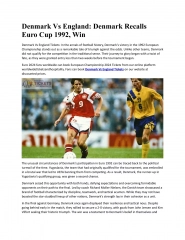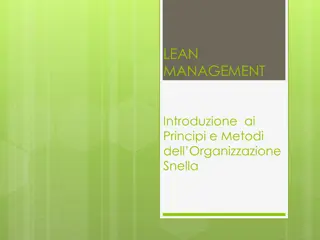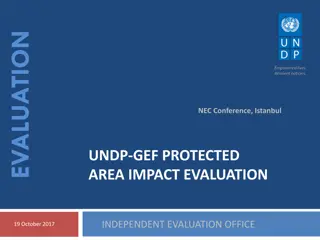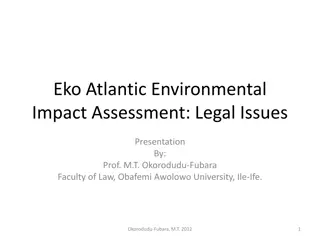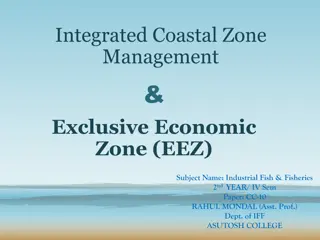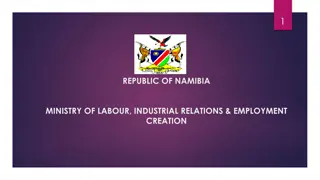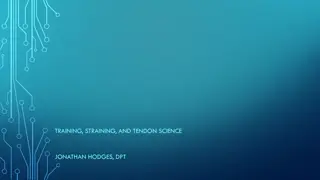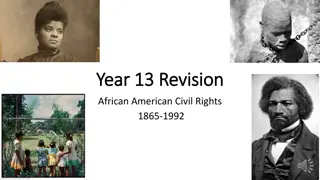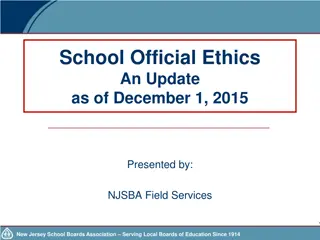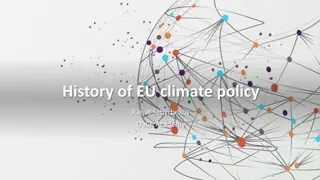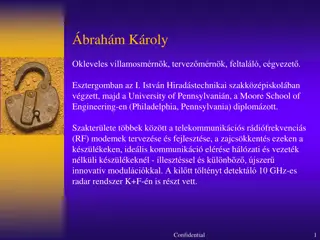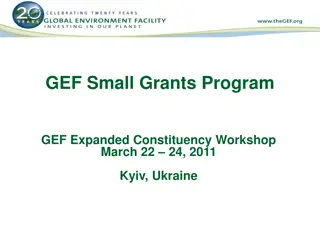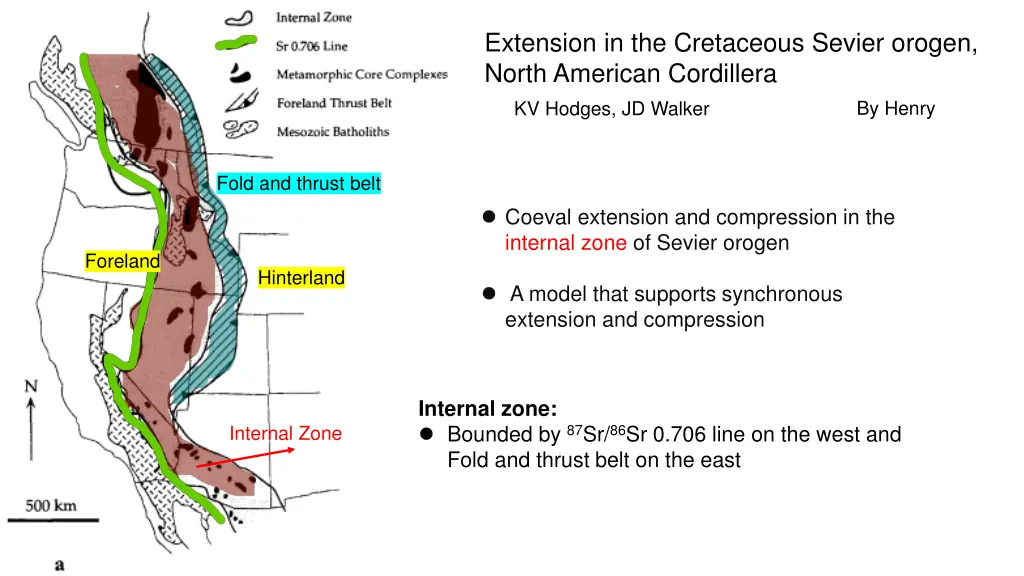
Crustal Deformation in Sevier Orogen: Extension and Compression
Discover evidence of synchronous extension and compression in the Cretaceous Sevier orogen, North American Cordillera. Explore coeval extension and contraction models, along with proposed crustal strength structures and the generation of thickened crust in the region.
Download Presentation

Please find below an Image/Link to download the presentation.
The content on the website is provided AS IS for your information and personal use only. It may not be sold, licensed, or shared on other websites without obtaining consent from the author. If you encounter any issues during the download, it is possible that the publisher has removed the file from their server.
You are allowed to download the files provided on this website for personal or commercial use, subject to the condition that they are used lawfully. All files are the property of their respective owners.
The content on the website is provided AS IS for your information and personal use only. It may not be sold, licensed, or shared on other websites without obtaining consent from the author.
E N D
Presentation Transcript
Extension in the Cretaceous Sevier orogen, North American Cordillera KV Hodges, JD Walker By Henry Fold and thrust belt Coeval extension and compression in the internal zone of Sevier orogen Foreland Hinterland A model that supports synchronous extension and compression Internal zone: Bounded by 87Sr/86Sr 0.706 line on the west and Fold and thrust belt on the east Internal Zone
Evidence of extension in the internal zone Types of evidence: A fault that places younger rocks on older rocks, omitting stratigraphy. A fault places low-grade metamorphic rocks on high-grade rocks Nearly isothermal decompression Rapid cooling from thermochronology This provided a good temporal constraint for extension. However, it was considered part of the Laramide orogeny later. Albion- Raft River- Grouse creek: Normal faults 40Ar/39Ar apparent age, 82-90 Ma Hypothesis: Extension in the Internal Zone was coeval with shortening in the fold-and-thrust belt. Is there an existing model to support the coeval extension and compression? Saleeby, 2003
Coeval contraction and extension in the Himalayas Gravitational collapse Gravitational collapse should also drive the extension in the internal zone: Thermobarometric data from several metamorphic core complexes : >35 km Internal Zone crustal thicknesses. South Tibet detachment system Main central thrust But the Himalayan model can not be directly applied to the internal zone: For internal zone: Extension mainly occurs in the middle to lower crust and didn t penetrate the surface. The low-angle, regional unconformity beneath mid-Cenozoic strata in the eastern Great Basin indicate no large topographic gradient in many parts of the Internal Zone in Cretaceous time (Armstrong, 1968).
Proposed model: Crustal strength structure Differential stress; Strength Potential thrust Thrust Potential thrust Brittle: Differential stress at failure (break the rock) Ductile/Dislocation creep (strength applied to make the rock deform at a constant strain rate, (define by yourself)) https://github.com/marcoalopez/strength_envelo pes/blob/master/notebooks/brittle_faults.ipynb
Proposed Model Generation of thickened crust Gravitational collapse started Generation of thickened crust and topographic gradients in Jurassic-Cretaceous time. Generation of extensional Allochthon Initiation of mid-crustal extensional allochthon in Cretaceous time. Cretaceous movement of extensional allochthon causes unroofing of parts of the lower crust Tertiary extension leads to the final exhumation of lower- crustal rocks.
Gravitational collapse Summary Fold and thrust belt Foreland Generation of thickened crust Gravitational collapse Hinterland Internal Zone Himalaya Sevier Gravitational collapse start Conclusions: The extension signifies gravitational collapse of the Sevier orogen while the overall tectonic setting was still basically convergent. Extension in a convergent setting requires decoupling within the lithosphere

